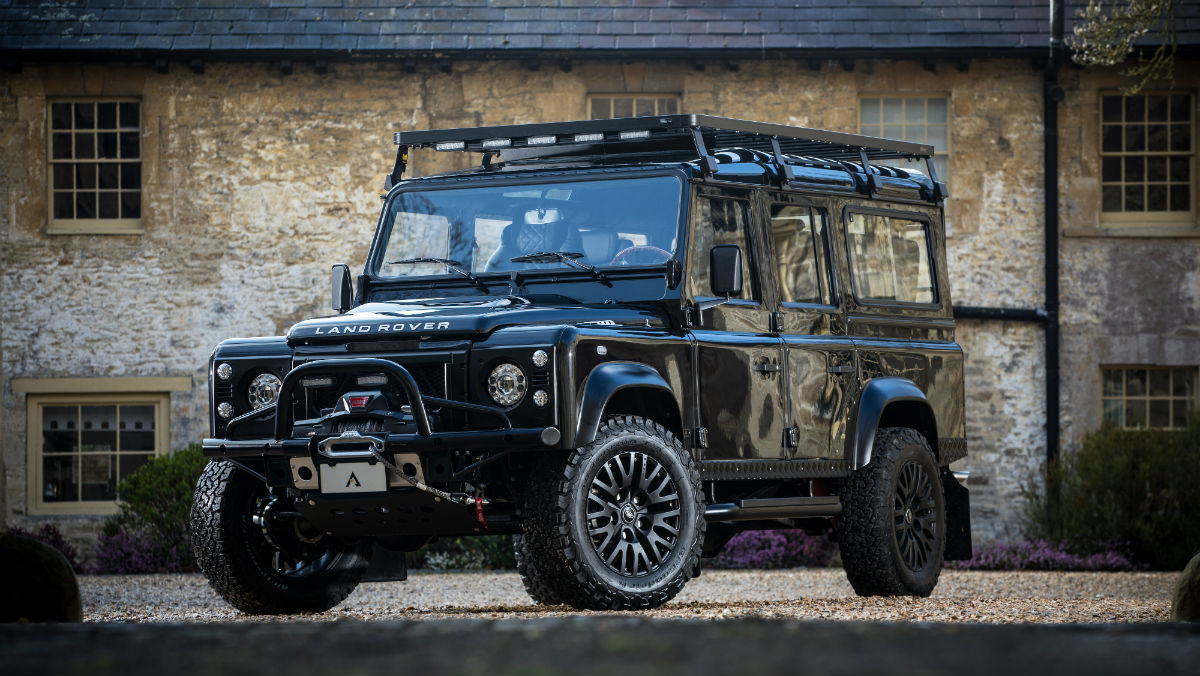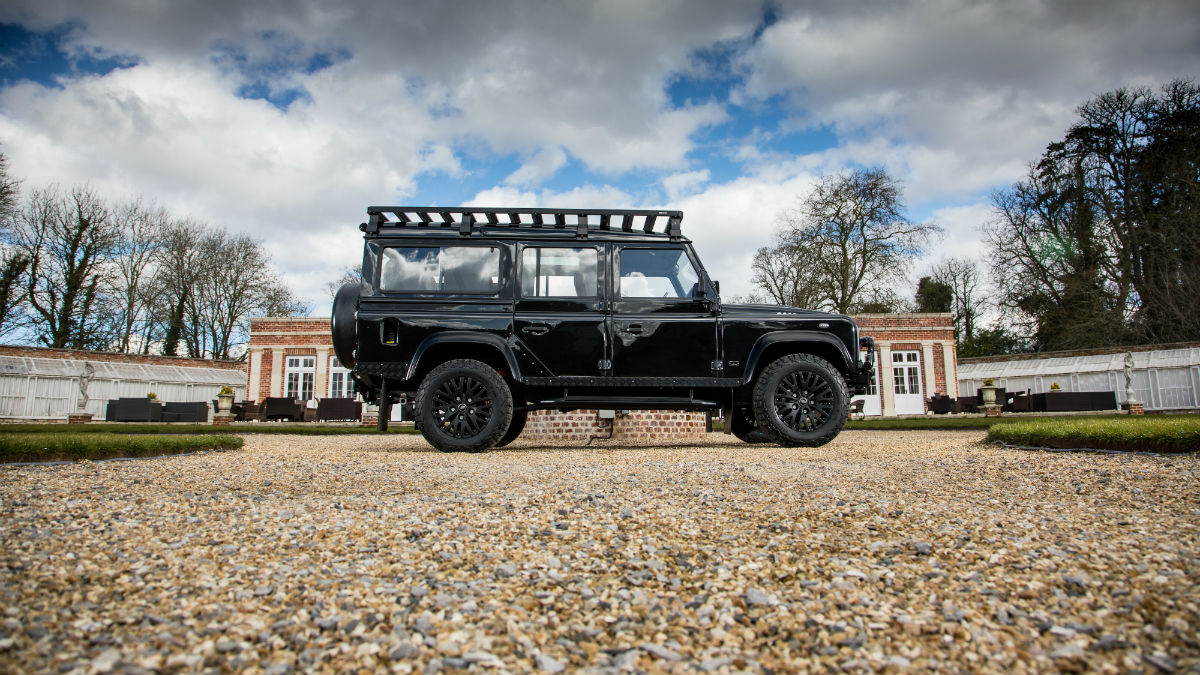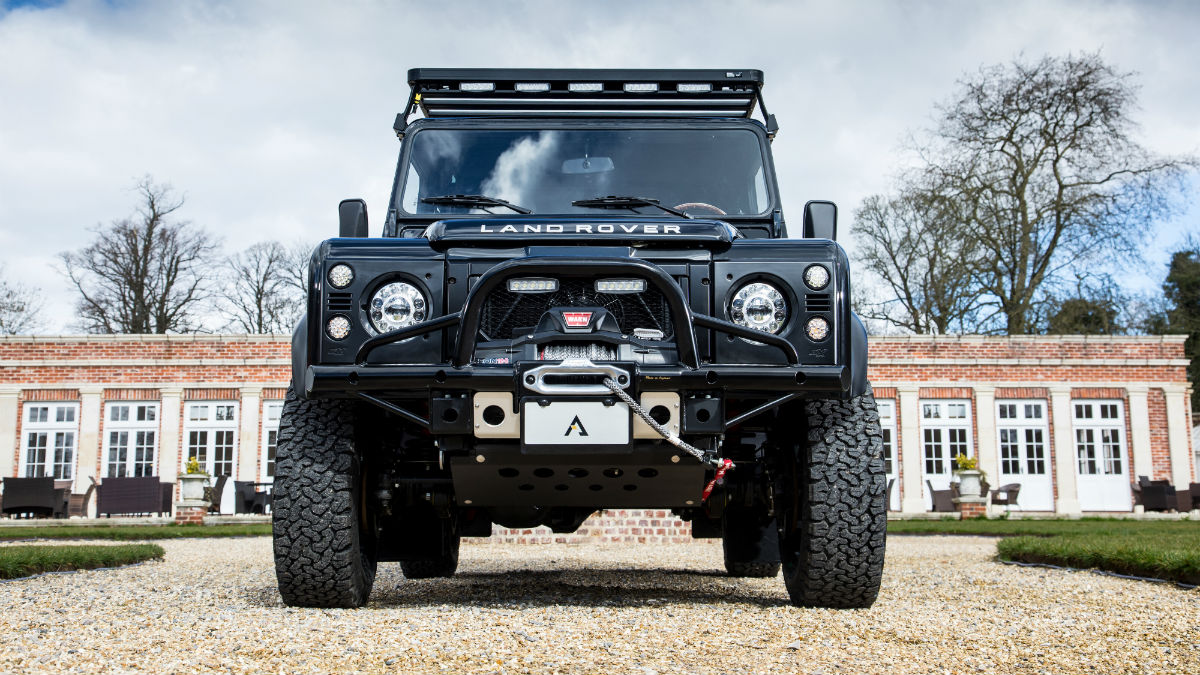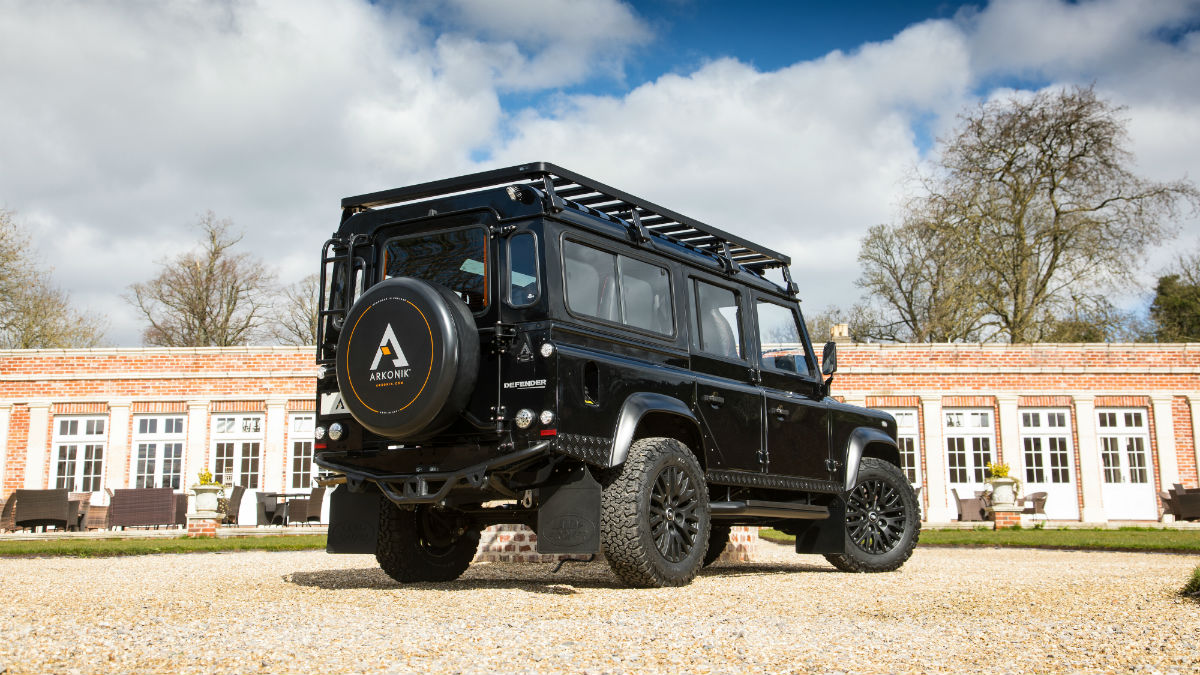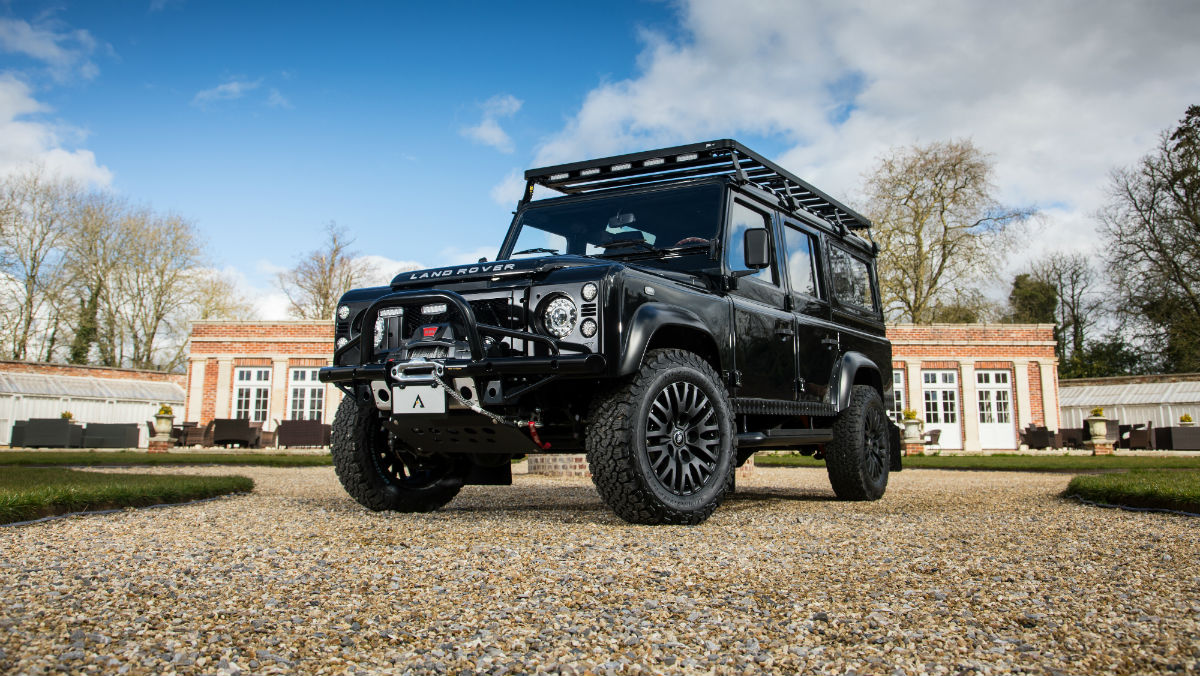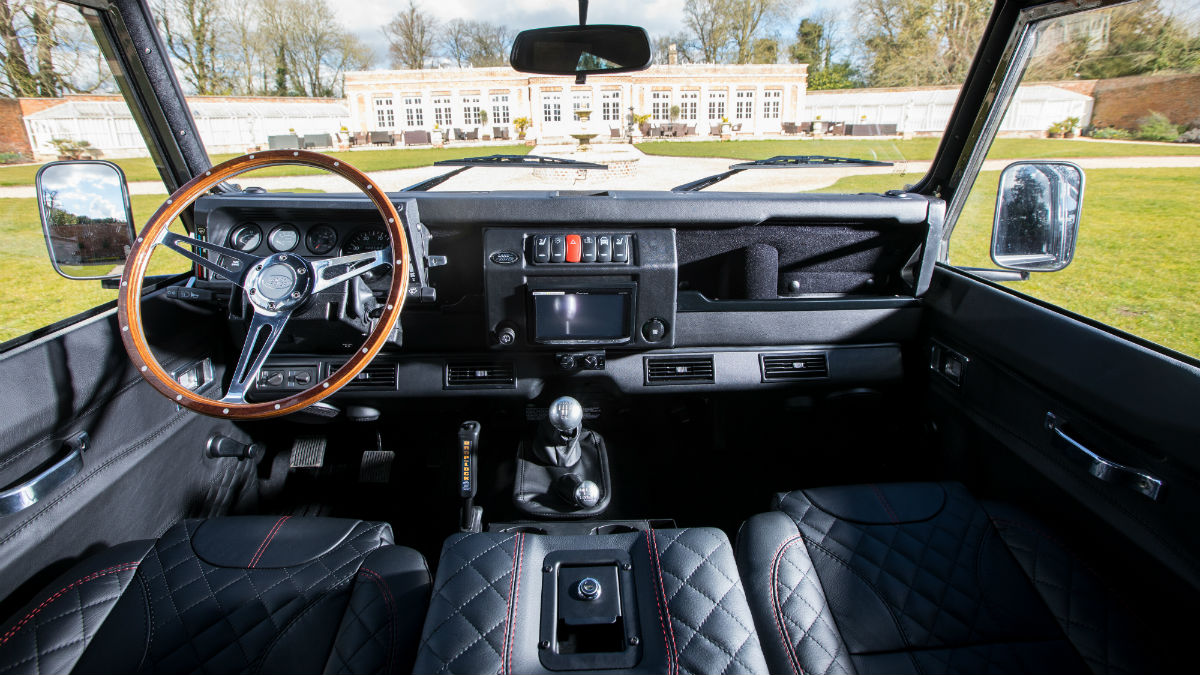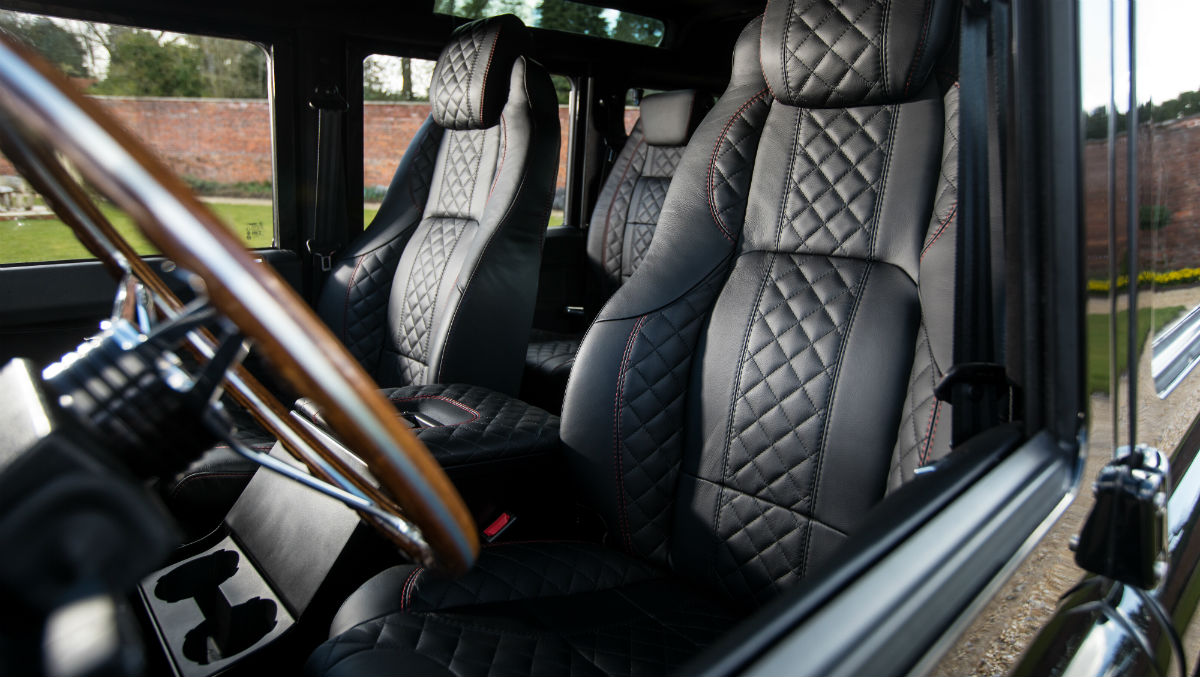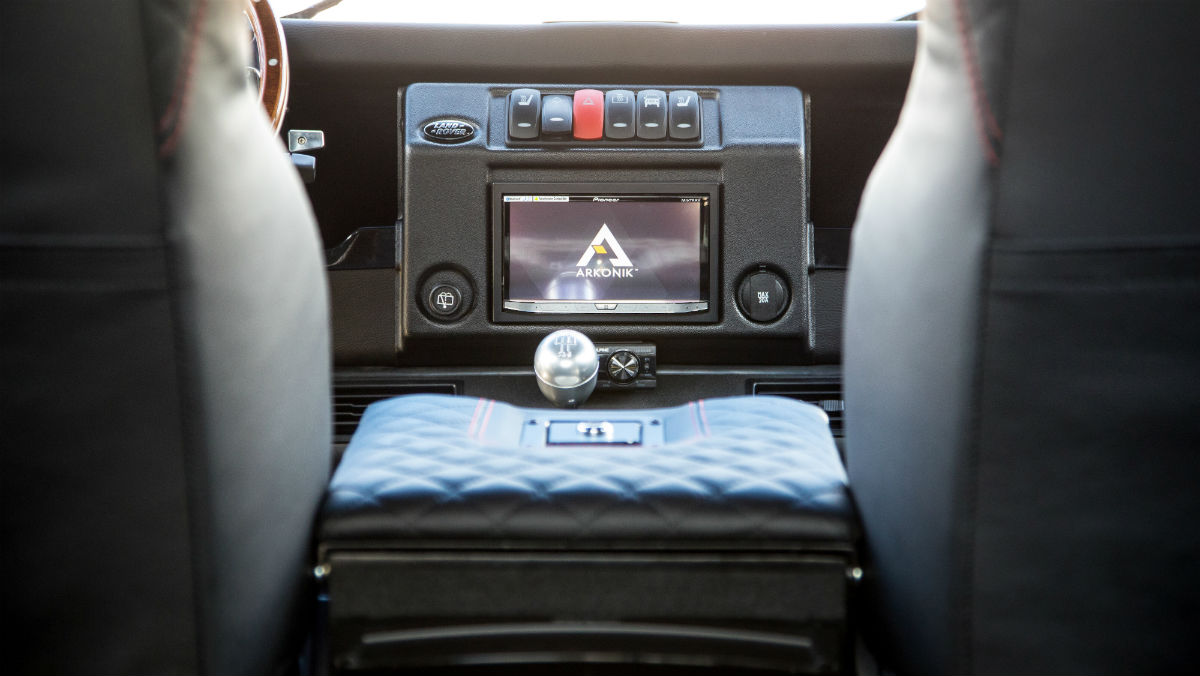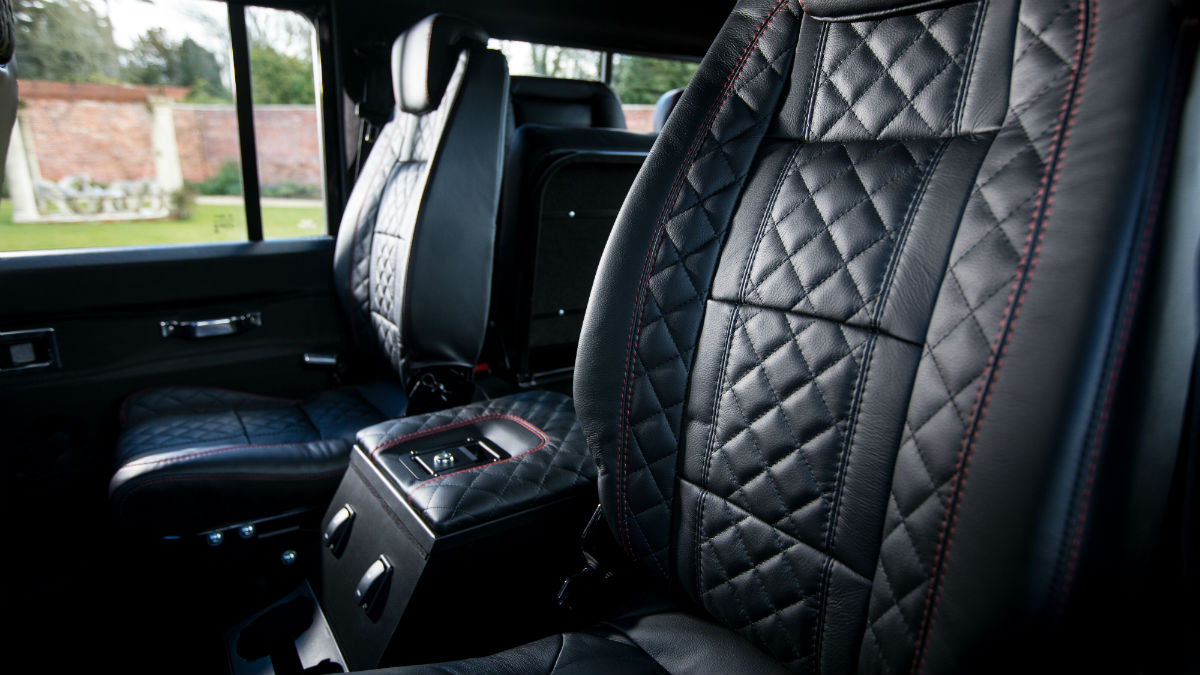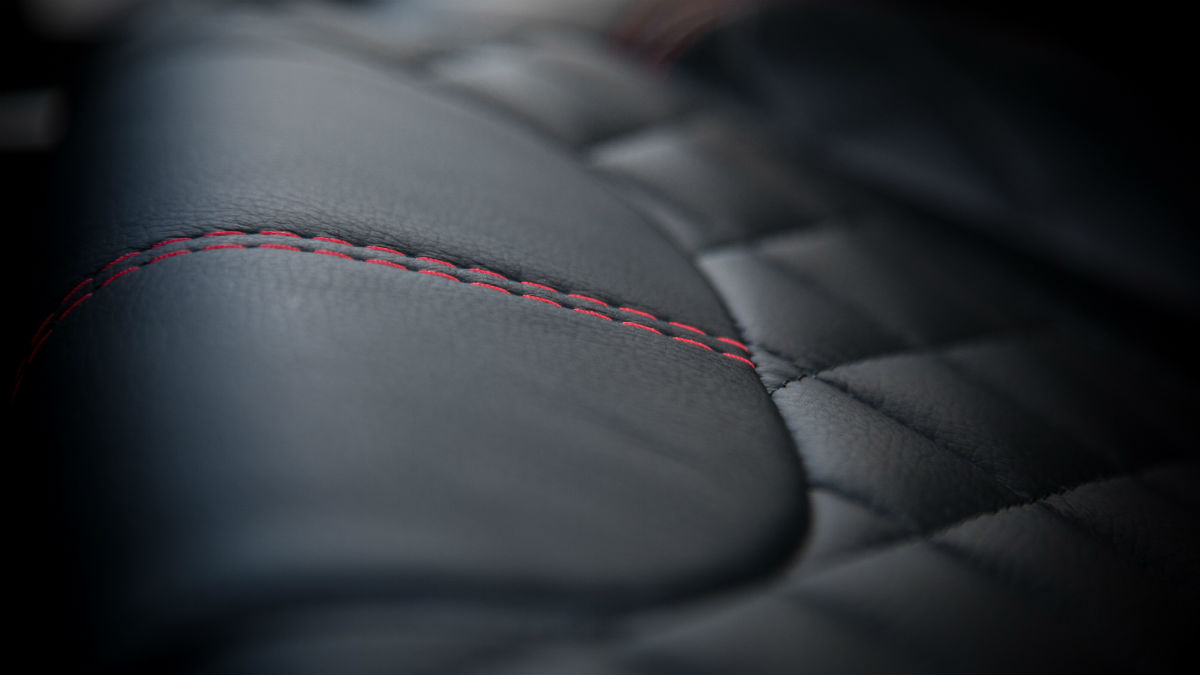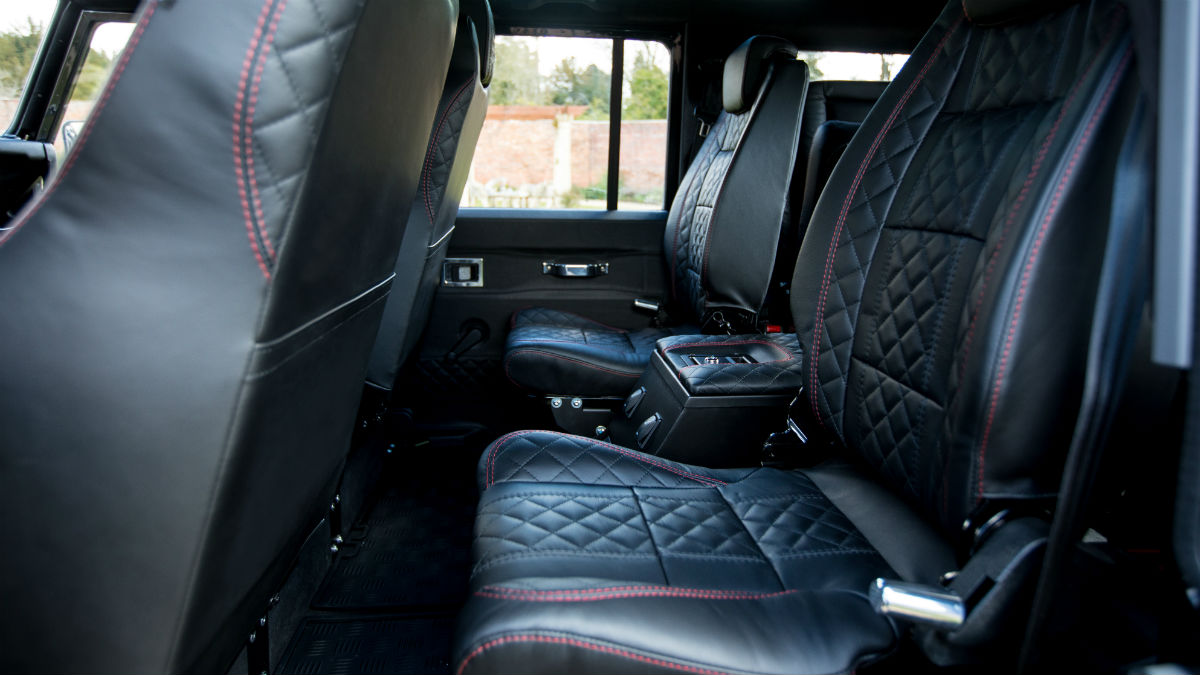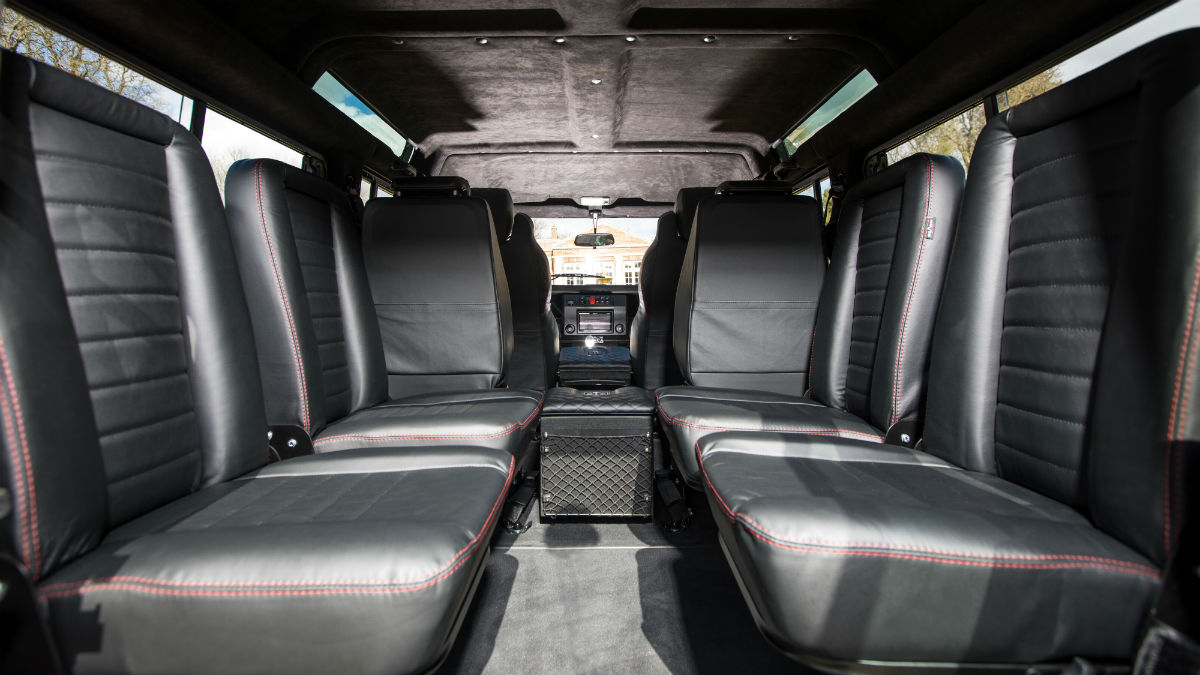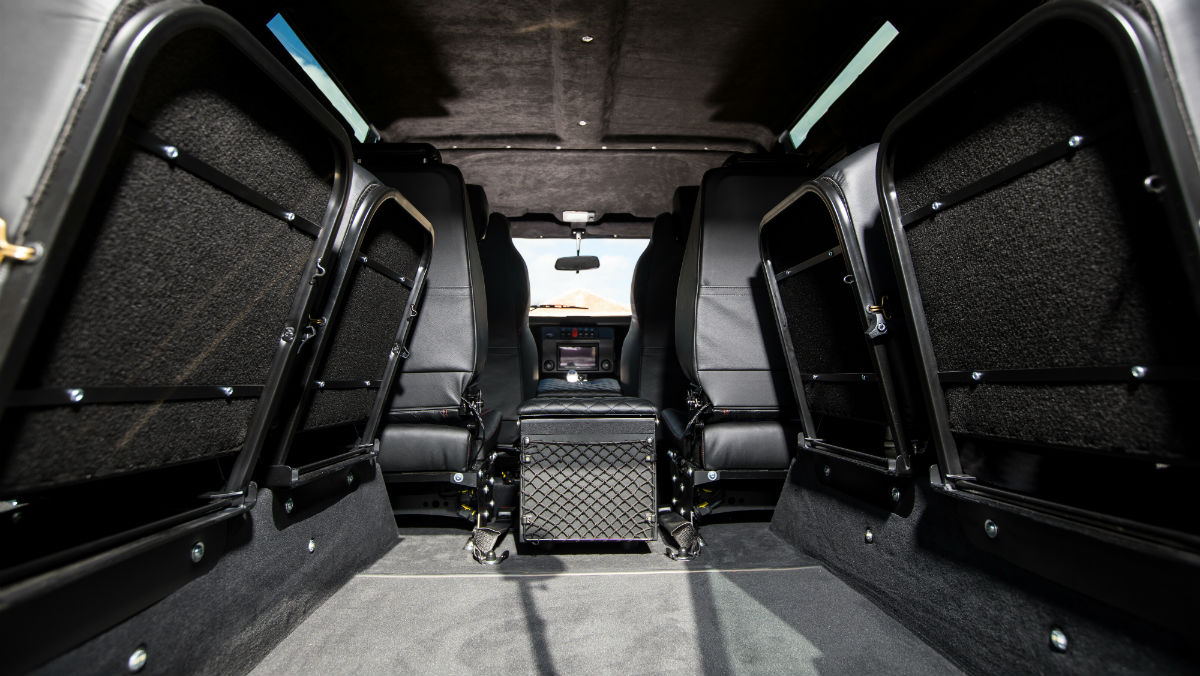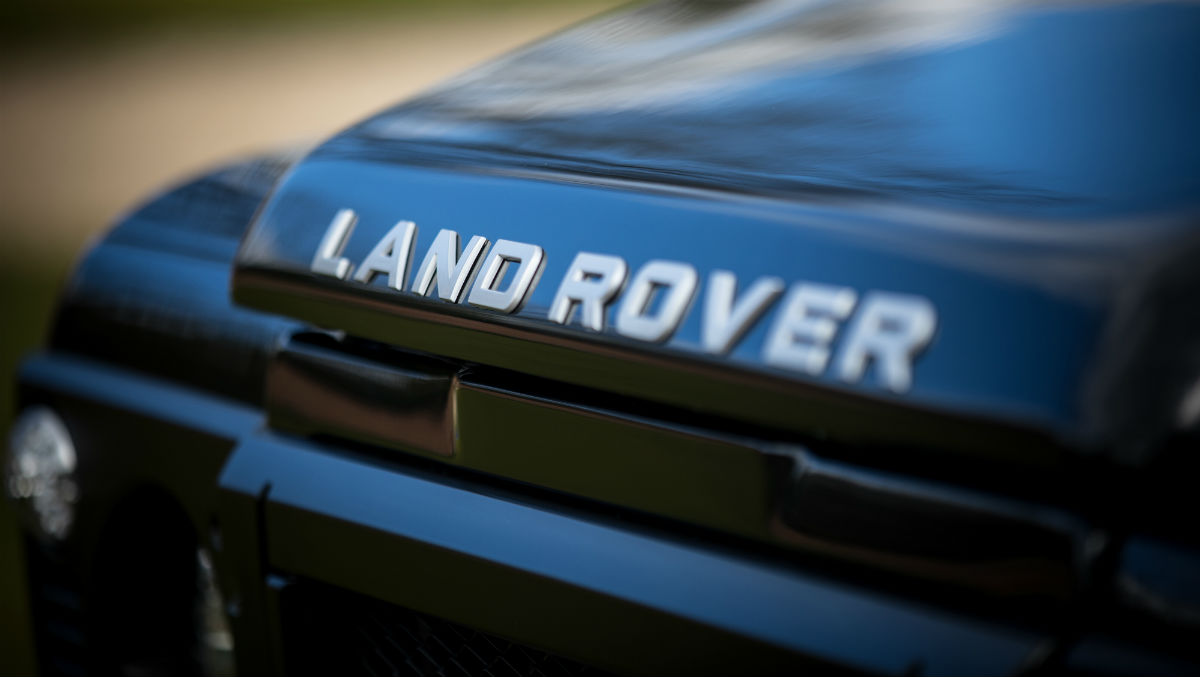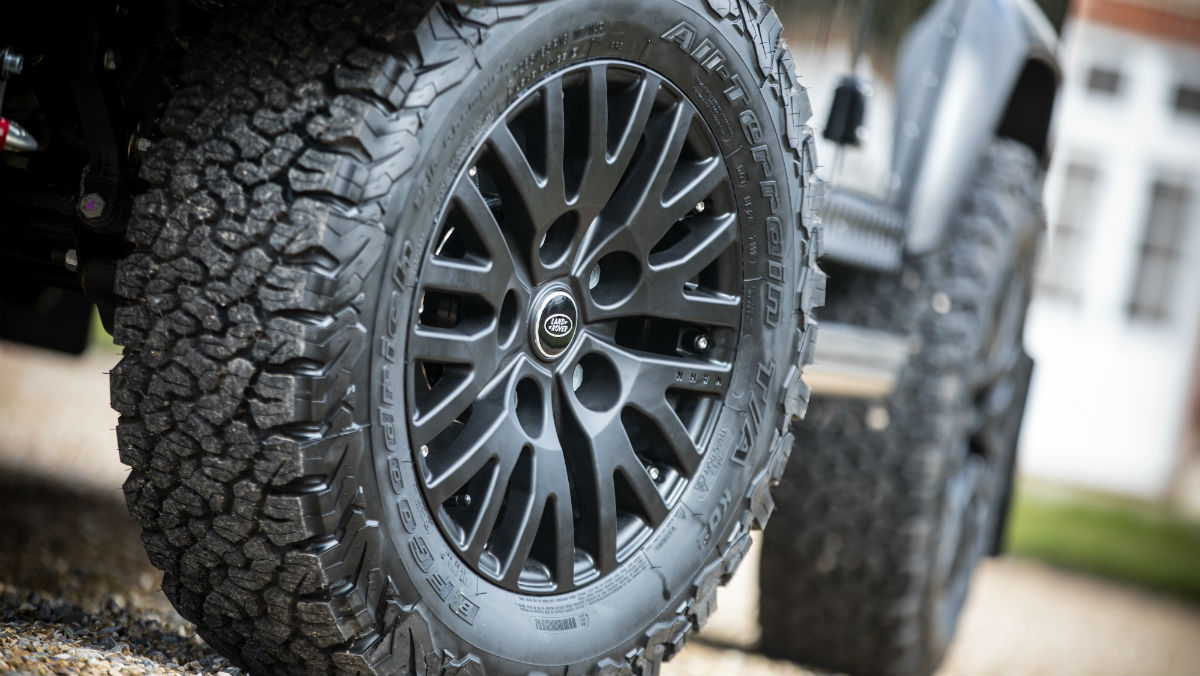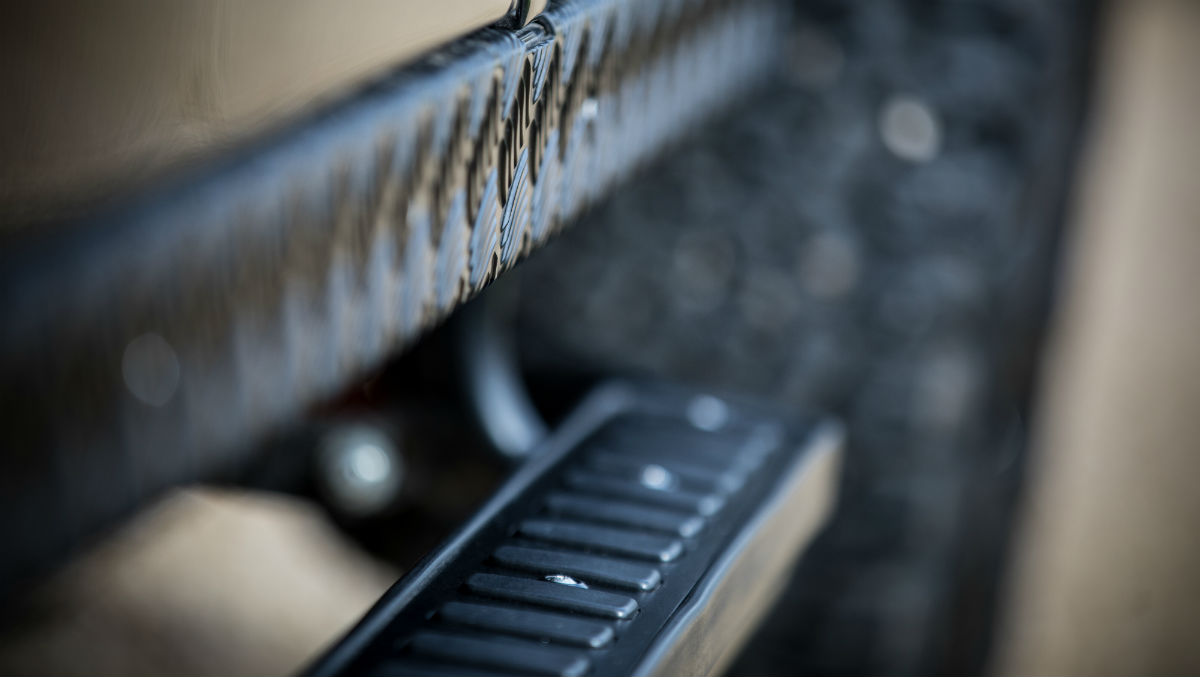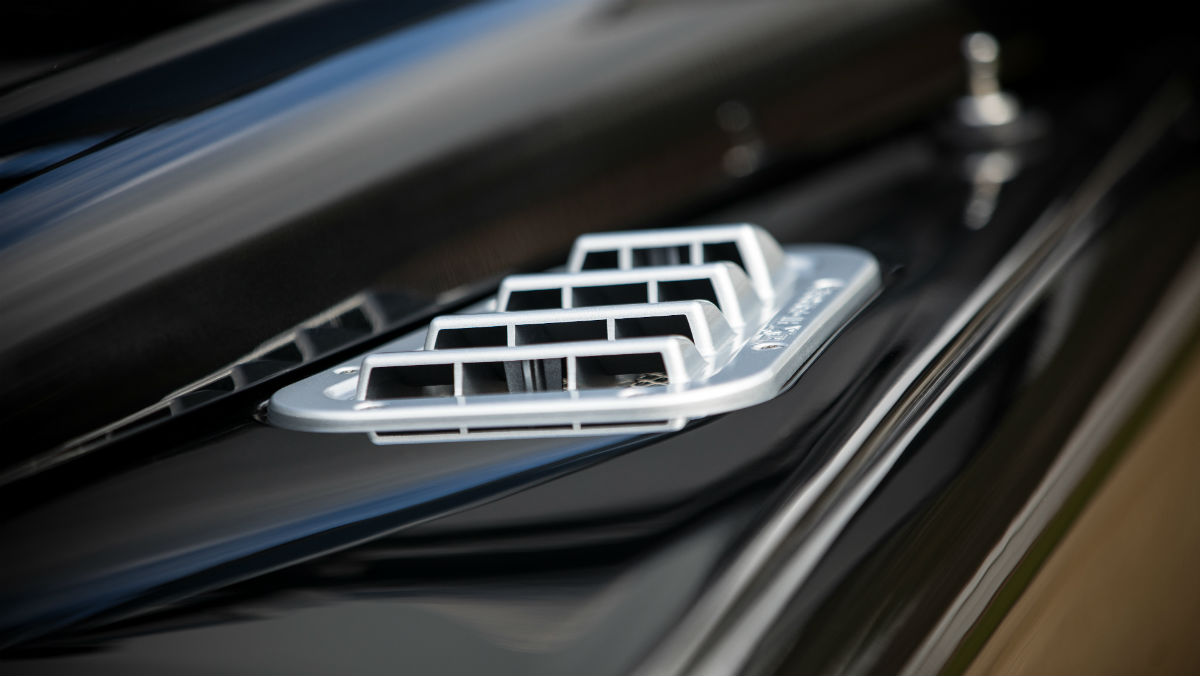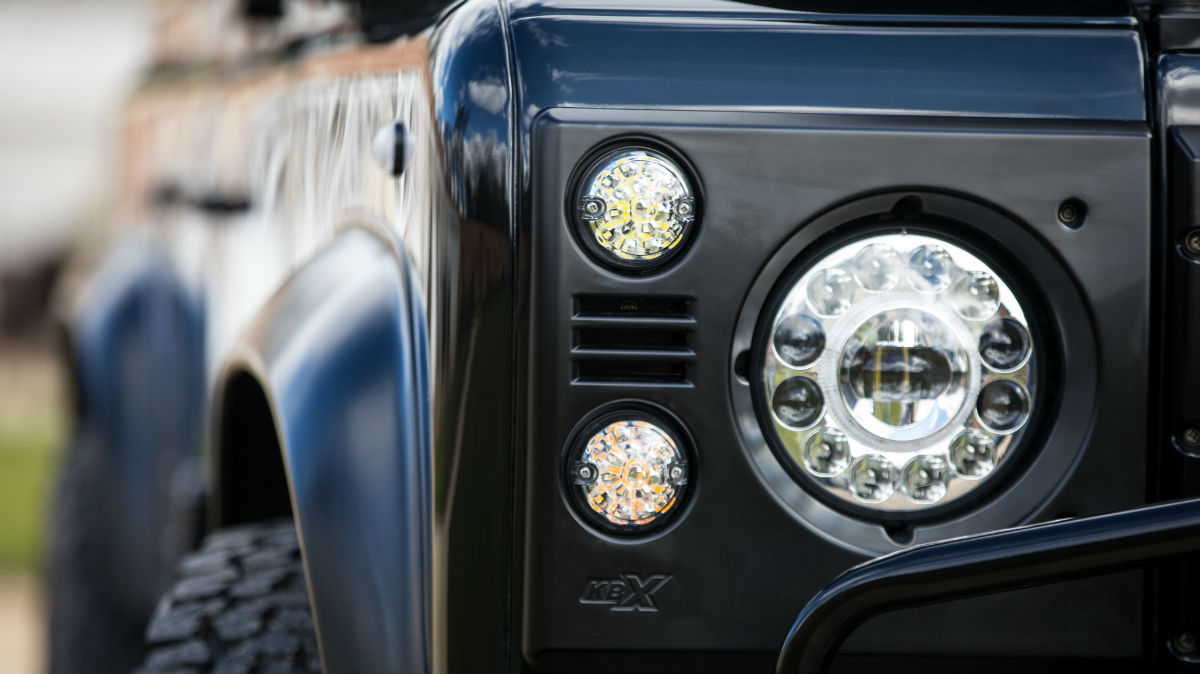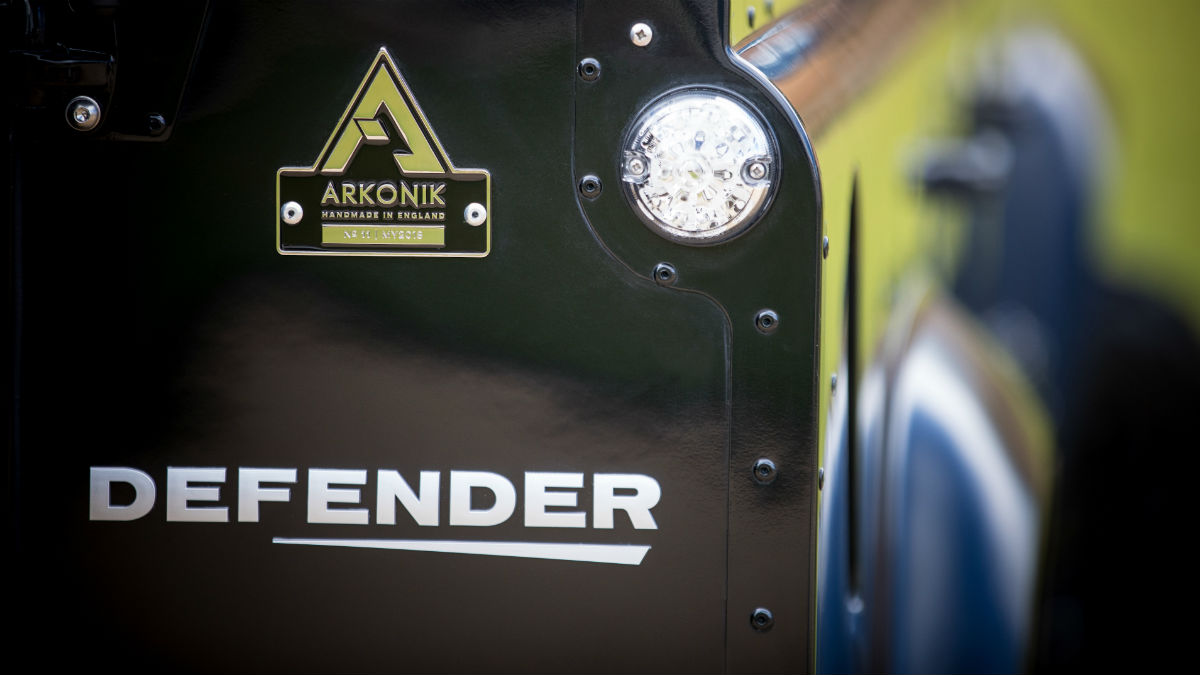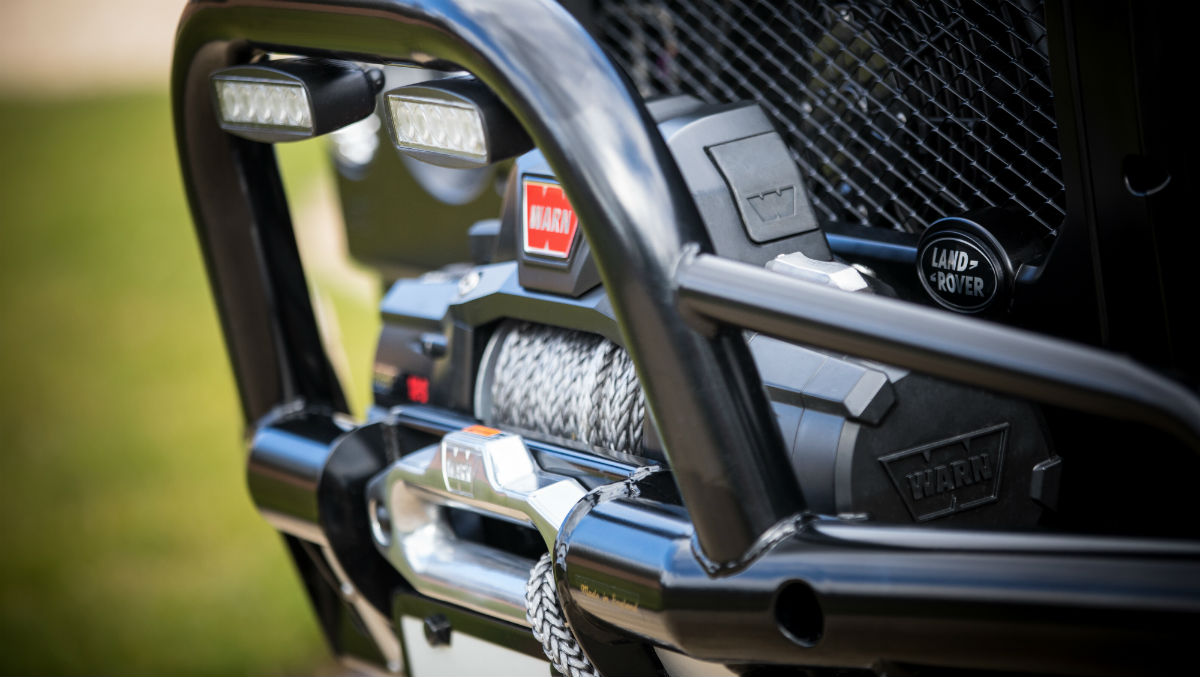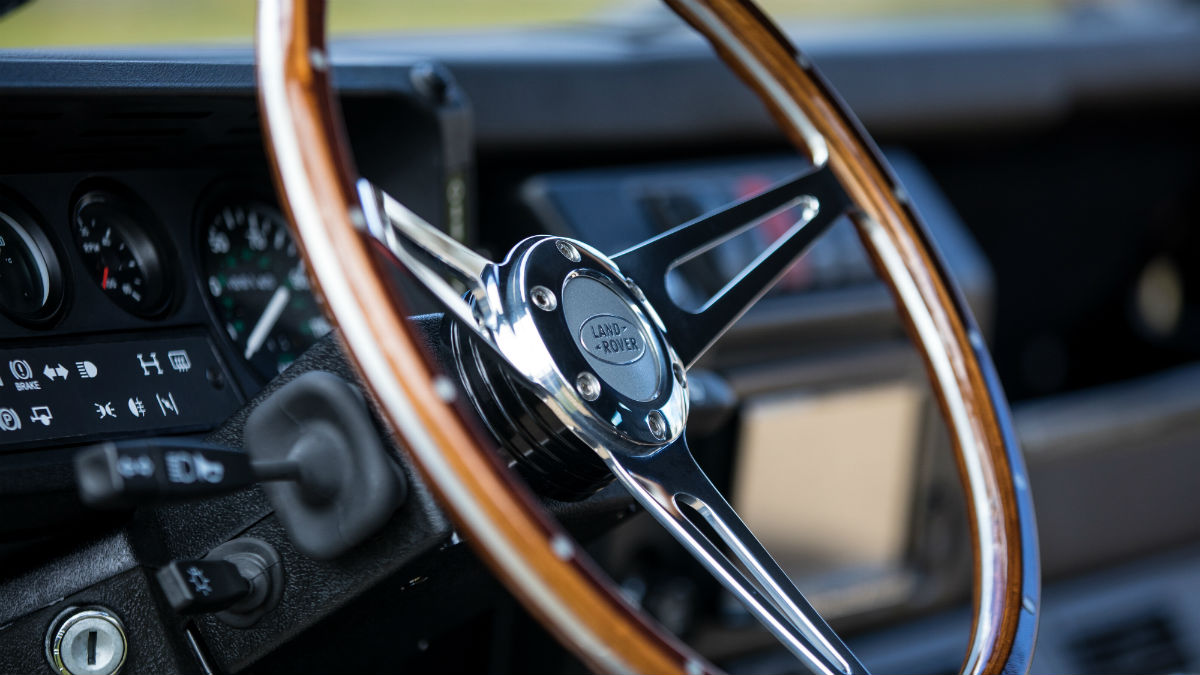The Land Rover Defender, first introduced in 1983 as a continuation of the original Land Rover Series, is one of the British automaker’s most distinguished icons. Used globally as a recreation, service, and military vehicle, the Defender is recognized as a durable, off-road capable rig with few equals.
When Land Rover ended production of the Defender in 2016, more than a few people were upset, and though the company has promised an all-new model sometime soon, there’s no such thing as a brand-new Defender in 2018. That means Defender lovers have three options to satisfy their cravings: find a well-maintained relic, snatch up one of the 150 Land Rover Works-built Defender V8s, or customize a recreation via Arkonik.
We’ve shared Arkonik’s projects before, but because each build is something of a one-off, there’s always a new and exciting model in the works. The latest example is called the D110 Duke. Based on the original Defender 110 (named for the truck’s 110-inch wheelbase), the Santorini Black Duke is both luxurious and menacing.
To build the Duke, Arkonik sourced a classic D110 in good shape, stripped the donor Defender to its bare chassis, performed all necessary framework restoration, dropped in a fully refurbished 3.5-liter V8, upgraded mechanical hardware, restored the exterior paint and trim, then built a custom interior (heavily inspired by the original design). The Duke was constructed according to the desires of its future owner, Mr. Gabbert.
“The process of specifying the exact vehicle that you’re looking for and how the team keeps you apprised of every step of the way makes the journey of building a Defender with Arkonik a very fun experience,” said Gabbert.
Highlights of the Duke’s exterior include Kahn 18-inch alloy wheels, BFGoodrich all-terrain tires, LED headlights, a Warn winch, Puma hood, First Four bumpers, and Front Runner roof rack. Inside, the Duke is distinguished by black leather, diamond trim seats, an Elite Loc-box with 12V and USB plug-ins, leather door inserts, heated front and rear seats, Evander wooden rim steering wheel, alloy gear knobs and interior accents, a Pioneer premium sound system with Apple CarPlay and a backup camera, and a suede headliner.
The bad news, of course, is that the D110 Duke is already taken (for an undisclosed price). The good news is that you can build your own Arkonik-customized Defender Icon whenever you’d like — so start dreaming.
